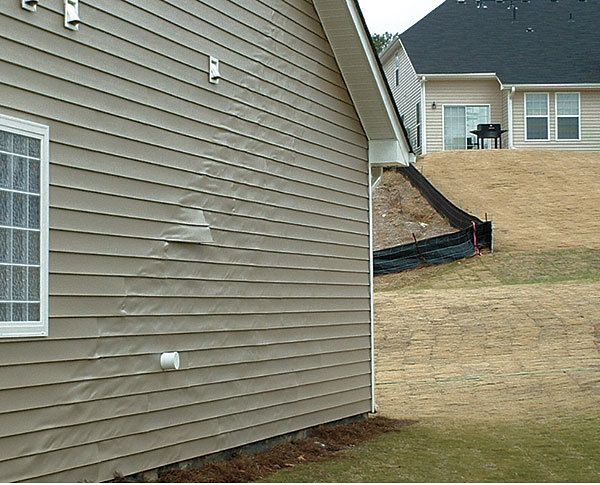
Energy Design update
Q:
The north side of my vinyl-sided house is approximately 20 yd. from a neighboring house that has a second-story window. The siding on my house is warped and has a melted appearance. Could the damage have been caused by the sun reflecting off windows on the neighboring house? If so, what can be done to prevent this damage?
Daniel Peck, asked at GreenBuildingAdvisor.com, None
A:
Senior editor Martin Holladay responds: Reports are increasing about vinyl siding that has melted due to sunlight reflected from nearby windows. Most reported cases involve siding that melts, gets replaced, and then melts a second time. There are two factors causing this problem: high-temperature reflections and siding with a low melting point, though vinyl siding is not the only material reportedly damaged by this phenomenon. A report published by the National Association of Home Builders says this:
The Vinyl Siding Institute (VSI) states that temperature ranges beginning at 160-165 degrees Fahrenheit can soften normal grades of vinyl siding. Darker colors absorb more heat, and will soften before lighter colors of siding. Heat generated from double paned low-e window reflected sunlight has been measured in excess of 200 degrees Fahrenheit, more than sufficient to soften and distort any normal grade or color of vinyl siding. There have been some reports of reflected sunlight damage to materials other than vinyl siding. Occasional wood discoloration and charring, and damage to paint and other plastics (e.g., decking, window lineals, trim), have all been reported.
Why now? One reason for the apparent increase in cases of melted siding may be the growing use of high-performance glazing on windows. Glass with a low solar heat-gain coefficient has a high solar reflectance. “What we are getting is very, very good windows,” says Jim Petersen, director of R&D at Pulte Homes. “Now the energy that is not getting in the house has to go somewhere, and it’s being reflected.”
Moreover, when an insulated glazing unit becomes slightly concave—a phenomenon called “glass deflection” or “collapsed glass”—reflected sunlight can be concentrated. According to Bob Spindler, vice president of technical services at Cardinal IG, glass manufacturers are aware of the concavity problem but find it hard to eliminate. “The glass manufacturers make IG [insulated glazing] units parallel or as close to parallel as possible,” Spindler told me. “But because of barometric pressure and temperature differences, the space between the panes can become negative.”
According to Tim Singel, a marketing representative at Guardian Glass, there is no simple cure for the problem of vinyl siding melted by glass reflectance. “The issue you are describing is fairly complex, having to do with geometry and building materials as well as orientation to sun, wind, and shading,” Singel told me. “There have been circumstances over the years where glass and siding have both been replaced to no avail.”
Unfortunately, you and other homeowners have little recourse because siding warranties won’t cover the damage. CertainTeed’s vinyl-siding warranty, for example, “does not apply to … vinyl-siding products which have been distorted or melted due to an external heat source (including, but not limited to, a barbecue grill, fire, or reflection from windows, doors, or other objects).”
Even when manufacturers or builders are willing to step up to the plate, solutions remain elusive. While some builders may decide to switch to fiber-cement siding or brick veneer, the substitution is costly. The Vinyl Siding Institute suggests three possible solutions: planting a large bush or tree to block the reflection, installing an awning to shade the window, or installing a window screen. For a more in-depth discussion of this problem visit Window Reflections Can Melt Vinyl Siding (Musings of an Energy Nerd, GreenBuildingAdvisor.com).




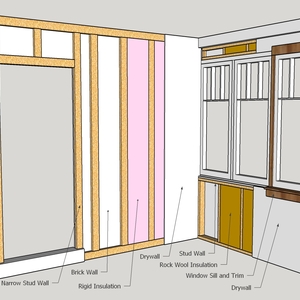






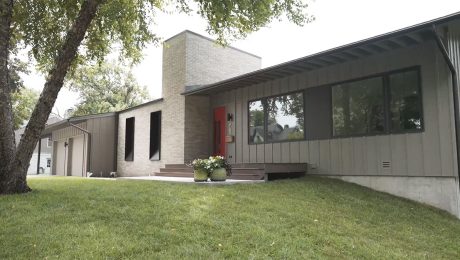
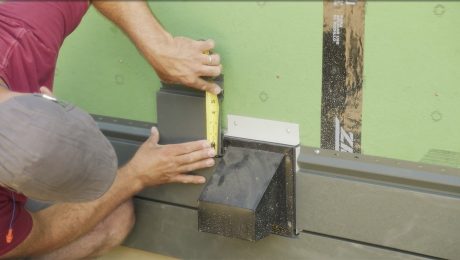
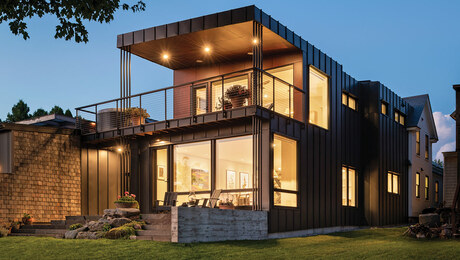
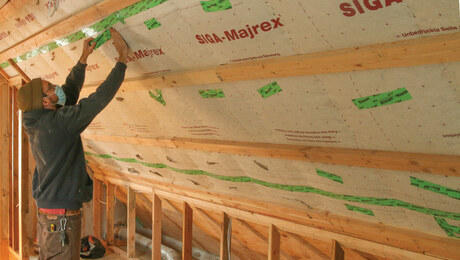
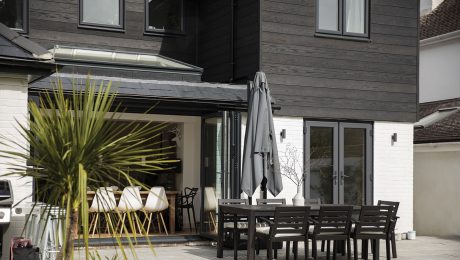










View Comments
I find it interesting that Pulte Homes provided a comment on this issue. This is occurring in nearly every community Pulte built in my area of Missouri including my in-law's. The houses are very close together with thin and cheap vinyl and low-e windows. Pulte is pointing blame at either the siding maker or the windows.
Doesn't the builder carry some of the responsibility for selecting materials not able to deal with the conditions they are putting them in?
Two Solutions: 1. Zoning codes allow for jam-packed housing. Move the houses farther apart. 2. Siding manufacturers know the issue and they know what's happening with these homes closely packed together using highly reflective windows. It's not the window's problem. The siding maker needs to manufacture siding that can take the heat. It's a known issue and codes allow the close homes, so siding makers need to deal with it. Any reasonable judge will rule in favor of the home owner. The siding maker knows the problem and is selling a product not capable of withstanding the environment.
1st forget Pulte. Crap builder with nothing to say. 2nd either stop using vinyl siding or improve it. 3rd either stop using low e windows or improve them. Last install shade screens.